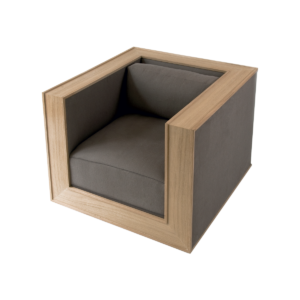
It is the coexistence of all styles of furniture with designers’ original creations. Thanks to recovery and accumulation of various objects people re-create their interior by mixing different styles.
After World War II the industry was experiencing a tremendous expansion, it was the beginning of « the Glorious Thirty » . In 1953, the first edition of Raymond Loewy’s bestseller "Ugliness sells badly" came out. Furniture from the 1950s shows the influence of modern furniture increasing. Sleek furniture with splender profiles with boldly patterned fabrics.
It dates from the same time as the Decorative Arts , with which it marks a philosophical rupture. This style is characterized by the search for rationalism and draws on industrially and functional shapes of Bauhaus . Architects like Le Corbusier , extend their architectural designs to interior and furniture.
Art Deco , short for Decorative Arts, first appeared in France just before World War 1 and began flourishing internationally in the 1920s. The style is characterized by rich colours, bold geometric shapes and lavish ornamentation. Art Deco emerged when rapid industrialisation was transforming culture. Art Deco distinguishes from the organic motifs favoured by its predecessor Art Nouveau.
The discovery of Pompeii brings Antiquity back into fashion. Mme de Pompadour insists that straight lines should be used where possible. This is a return to symmetry, straight lines and classicism. Georges Jacob founded a dynasty of cabinetmakers.
The Transition period formed a bridge between Louis XV and Louis XVI styles. There was a time of transition between sinuous curves and cabriole legs to straight tapering legs and straight lines.
This style is influenced by the Italian Baroque style. The East India Company imports new objects, and creates a taste for Natural History. Imagination is the basis of this decorative style. Contrast and asymmetry are its essential features.